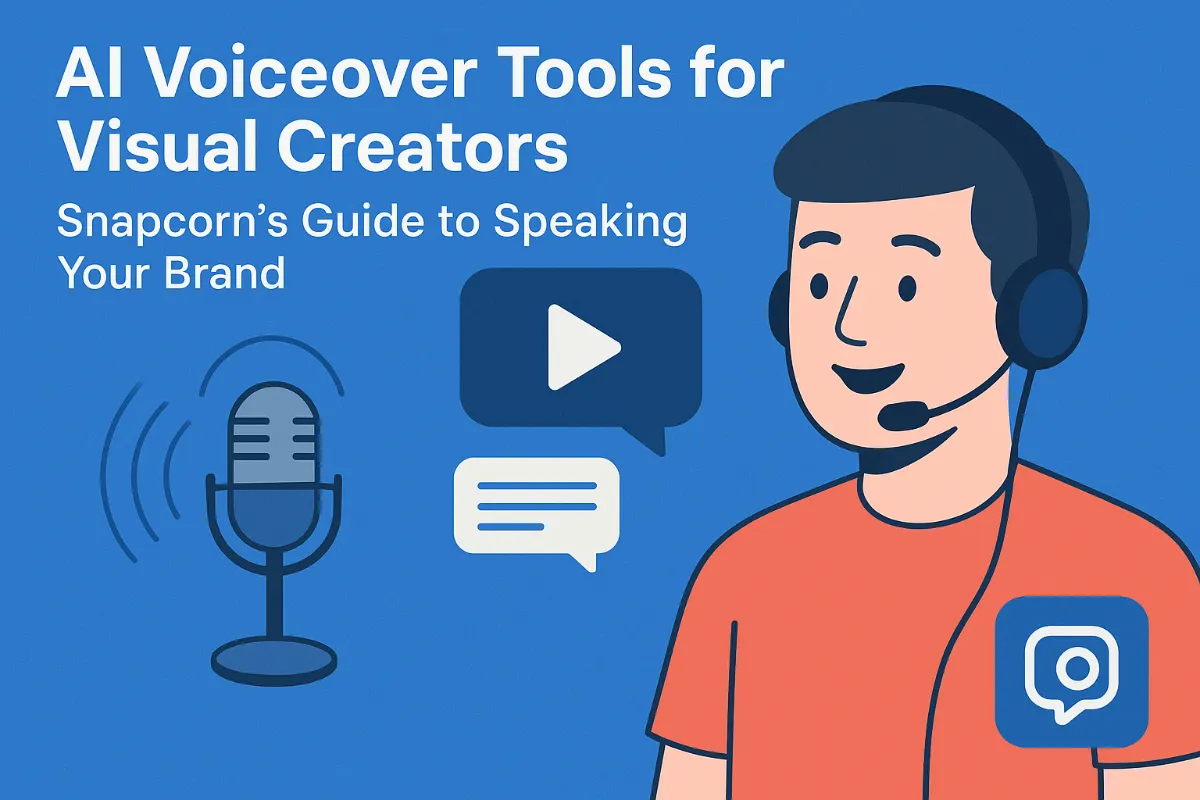Zero-Shot Image Restoration: A Photographer's Guide to AI-Powered Perfection
TL;DR
Introduction to Zero-Shot Image Restoration
Zero-shot image restoration is changing photography. Instead of training a model for each specific task, a pre-trained model tackles various image imperfections without prior examples.
- It uses a single, pre-trained diffusion model for tasks like denoising and super-resolution.
- Zero-shot methods don't need task-specific training data. (Zero-Shot vs. Few-Shot Prompting: Key Differences - Shelf.io)
- This approach uses Consistency Models (CMs), needing as few as four steps.
Next, we'll explore how zero-shot restoration works.
The Core Technologies Behind Zero-Shot Restoration
Zero-shot image restoration relies on sophisticated technologies to breathe new life into damaged images. Two core components are diffusion models and consistency models (CMs), which work together to reverse image degradation. Let's explore how these models function.
Diffusion models are the backbone, guiding the restoration process by learning to generate images from noise. They gradually add noise to an image until it becomes pure noise, and then learn to reverse this process. This reversal is achieved by the model learning to predict the noise that was added at each step. By subtracting this predicted noise, the model can gradually reconstruct the original image. Zero-Shot Image Restoration Using Few-Step Guidance of Consistency Models (and Beyond) - explains the role of diffusion models in image restoration. This allows them to understand the underlying structure of images and generate realistic details.
- Diffusion models can generate high-quality images, making them useful in creative fields like digital art and design.
- In healthcare, they can enhance medical images for better diagnostics.
- Retailers use them to create realistic product images for e-commerce.
Consistency Models (CMs) enhance the speed and efficiency of diffusion models. CMs accelerate the diffusion process by learning a direct mapping from noisy images to clean images, bypassing many of the intermediate steps. This means CMs can generate samples with as few as four Neural Function Evaluations (NFEs), Zero-Shot Image Restoration Using Few-Step Guidance of Consistency Models (and Beyond) - introduces Consistency Models for fast image generation. This is crucial for real-time applications and processing large batches of images.
- CMs are useful in finance for quickly generating visualizations of market trends.
- The defense sector uses CMs to enhance surveillance images in real time.
Next, we'll explore data-fidelity guidance and its role in aligning restored images with original observations.
Applications in Photography
Zero-shot image restoration offers exciting possibilities for photographers. Imagine rescuing blurry or damaged photos with ease, all without extensive training or complex setups.
Zero-shot methods can breathe new life into old photographs:
- Restoring faded images: Bring back lost details and contrast in vintage photos. You could use a tool like Adobe Photoshop's AI features or a dedicated AI photo restorer app.
- Removing imperfections: Eliminate scratches, dust, and other damage that accumulate over time. Many photo editing software now have AI-powered spot removal tools.
- Colorizing black and white photos: Use ai to add realistic color to historical images, providing a fresh perspective. There are numerous online colorization tools available.
These techniques aren't just for old photos; they can also fix common issues in modern photography:
Removing motion blur: Sharpen action shots where movement caused blurring. Imagine using a feature in your camera's editing software or a standalone ai enhancer.
Improving clarity: Enhance details in low-light photos that may appear soft or out of focus. This could be a slider in your favorite photo editor.
Upscaling images: Enlarge low-resolution photos without significant quality loss, making them suitable for printing or large displays. Many ai upscalers are available online or as desktop applications.
Improving scanned images: Enhance the resolution of scanned film or documents. Specialized scanning software often includes ai enhancement options.
Next, we'll discuss computational demands.
Overcoming Challenges and Limitations
Zero-shot restoration faces hurdles despite its promise. Accurately modeling real-world image degradation is tough. Let's examine the key challenges.
- Degradation Model Accuracy: Inaccurate models hurt restoration. If the degradation model doesn't correctly understand how an image was degraded – for example, if it thinks an image is blurry due to motion when it's actually out of focus – it will apply the wrong reversal process, leading to a poor restoration. Invert2Restore: Zero-Shot Degradation-Blind Image Restoration - introduces Invert2Restore, a method for handling unknown degradation.
- Computational Resources: Diffusion and Consistency Models need significant computing power.
- Unknown Degradation: "Degradation-blind" techniques help when the damage is unclear.
Next, we'll discuss computational demands.
The Future of Zero-Shot Image Restoration
Zero-shot image restoration is rapidly evolving, promising even more impressive results. What new trends and research directions are shaping its future?
- Advancements in Diffusion and Consistency Models: Expect faster, more efficient models that require less computing power. This means quicker restoration times and broader accessibility.
- Integration with GANs: Combining zero-shot methods with Generative Adversarial Networks (GANs) could lead to even more realistic and detailed image enhancements. Imagine the possibilities for creative fields.
- Video Restoration: The application of zero-shot techniques to video is on the horizon. This could revolutionize how we restore old films or enhance video content for various industries.
These advancements promise exciting new tools for photographers and content creators.
Next, we'll summarize key points.
Conclusion
Zero-shot image restoration empowers photographers to revive images like never before. By embracing these ai tools, you unlock new creative avenues.
- ai enhances photographs by restoring old images, removing blur, and upscaling resolution.
- Experiment with different ai tools to streamline your photography workflows.
- Zero-shot restoration simplifies complex tasks, allowing more focus on creative expression.
Explore the potential of ai to transform your photographic work.
Additional Resources
Ready to dive deeper into zero-shot image restoration? Countless resources can help you master these ai-powered techniques.
- Explore research papers on arXiv for the latest advancements in diffusion and consistency models.
- Find software recommendations on GitHub, such as DiffIR2VR-Zero - a zero-shot video restoration method using image diffusion models.
- Engage with the ai photo editing community on forums like Reddit to exchange tips and tricks.





